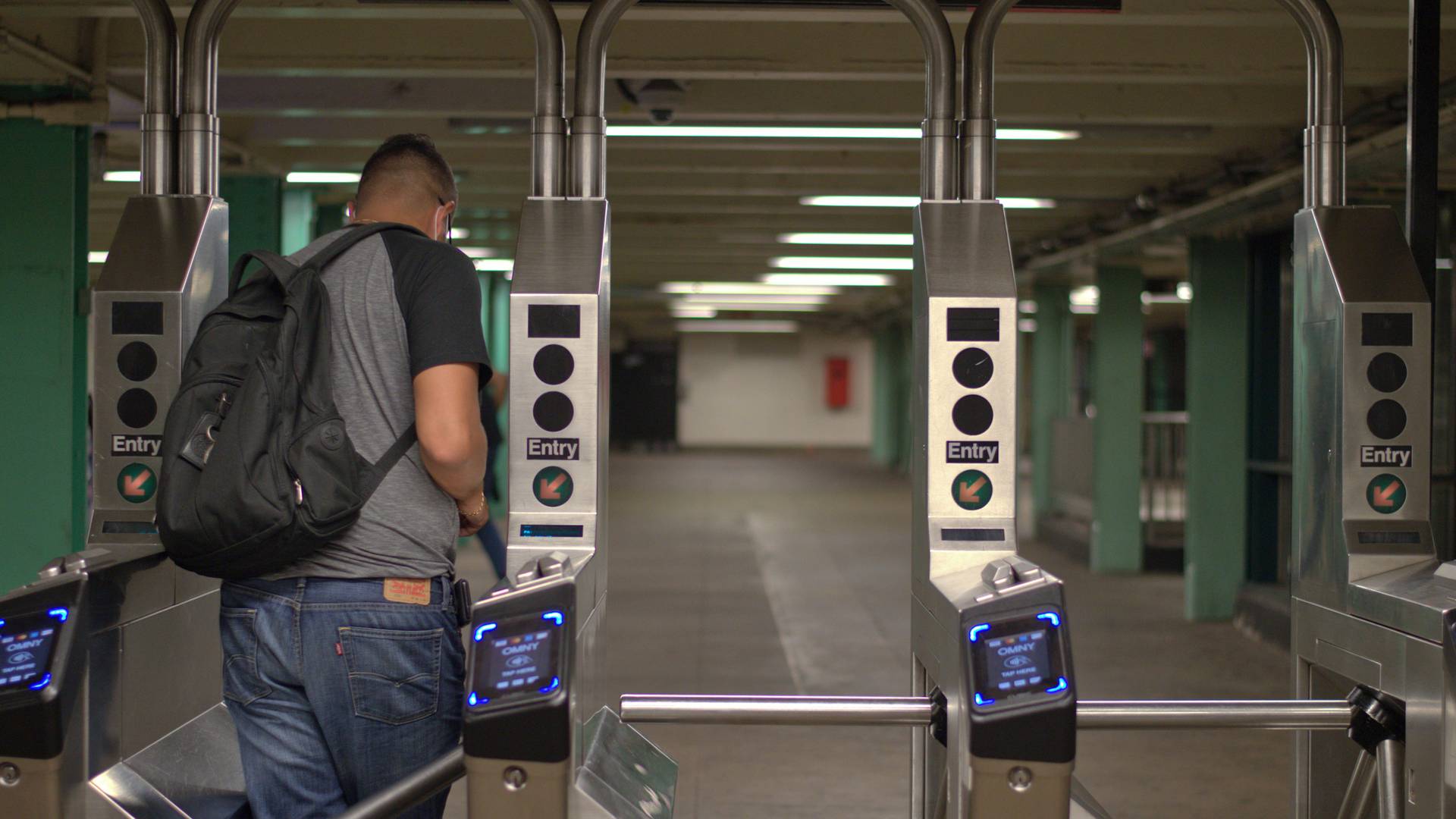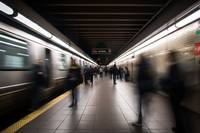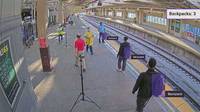Share
Open-loop payment systems, predictive maintenance and weighing cars to determine crowding are among the innovations being deployed in New York to improve customer experience in its transit systems.
As passengers return to rail and buses post-pandemic, they’re doing so with an increased focus on reliability and safety, and transit leaders are responding with technological solutions that enhance their ability to deliver for customers.
Cathy Rinaldi, President of MTA Metro-North Railroad and interim President of Long Island Rail Road, described how car-weighing technology—viewed as “pie in the sky” in 2020—is not only helping passengers find less crowded cars with their cellphones, but also allows the network to better plan capacity.
“It’s been a tremendous tool on both railroads as we come out of the pandemic and try to calibrate service levels to who’s riding, when are they riding, which trains are getting too crowded, where do we need to add a train,” she said.
Rich Davey, President of NYC Transit Authority, highlighted the introduction of the OMNY ‘tap and go’ system on the MTA, which speeds up and simplifies payments, as another innovation that customers are embracing.
“Wherever you are from, whether you’re a long-time New Yorker or someone who just flew into the city, you don’t need to go to that vending machine anymore, which is exciting,” he said.
New technology is also being used to make sure the system keeps moving. Davey admitted that “as an industry, we haven’t done a very good job around predictive maintenance,” which is now a key focus with buses now fitted with a device that helps to predict breakdowns before they occur, as well as provide mechanics with details about the components likely to fail.
Clarelle DeGraffe, General Manager of PATH at the Port Authority of New York and New Jersey, said her team relies heavily on technology indicating elevators and escalators outages and causes. “I have an indicator now that can actually tell me [of a failure], then I can dispatch maintenance staff to that particular element to be able to return it to service. Again, that’s something that’s… very important to our customers,” she said.
DeGraffe also pointed out that an improvement in information provided to customers, including signage and scheduling data, has been key in improving safety on the system, an issue all three speakers highlighted as important.
Learn more about how NYC is improving customer experience in mass transit by watching the full video.




